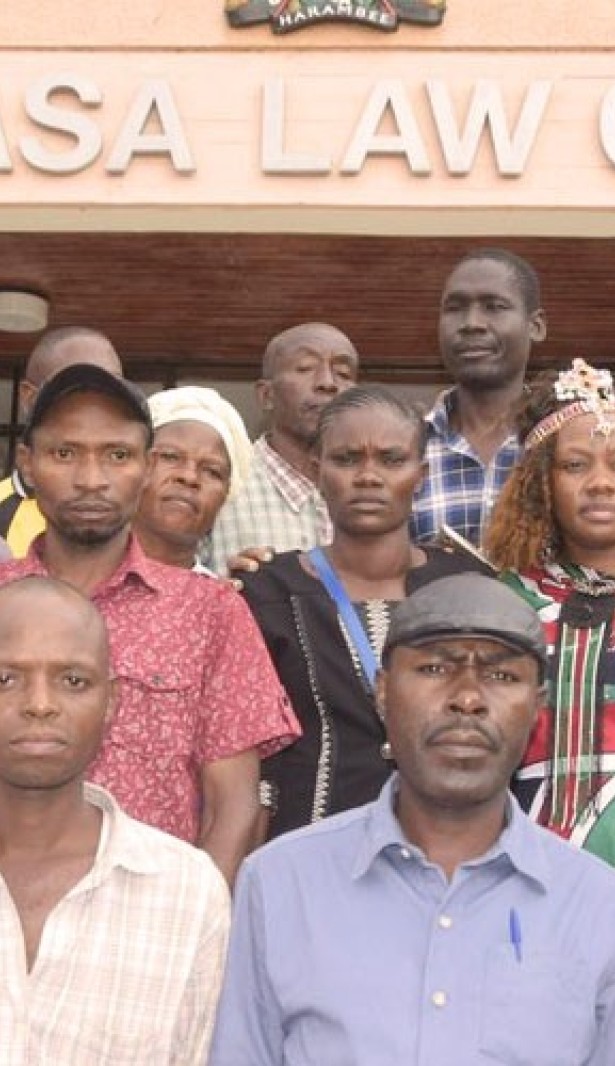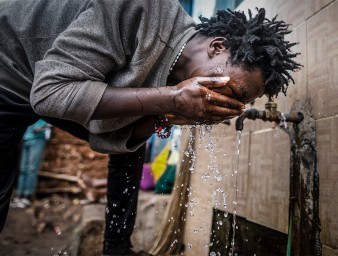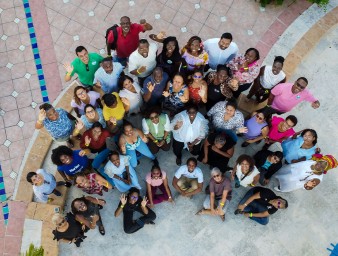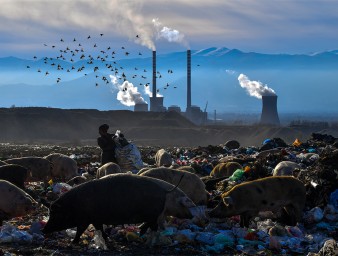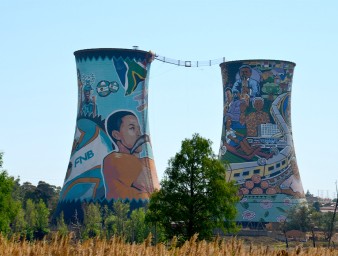Court ruling called a milestone in environmental justice
07 September 2020
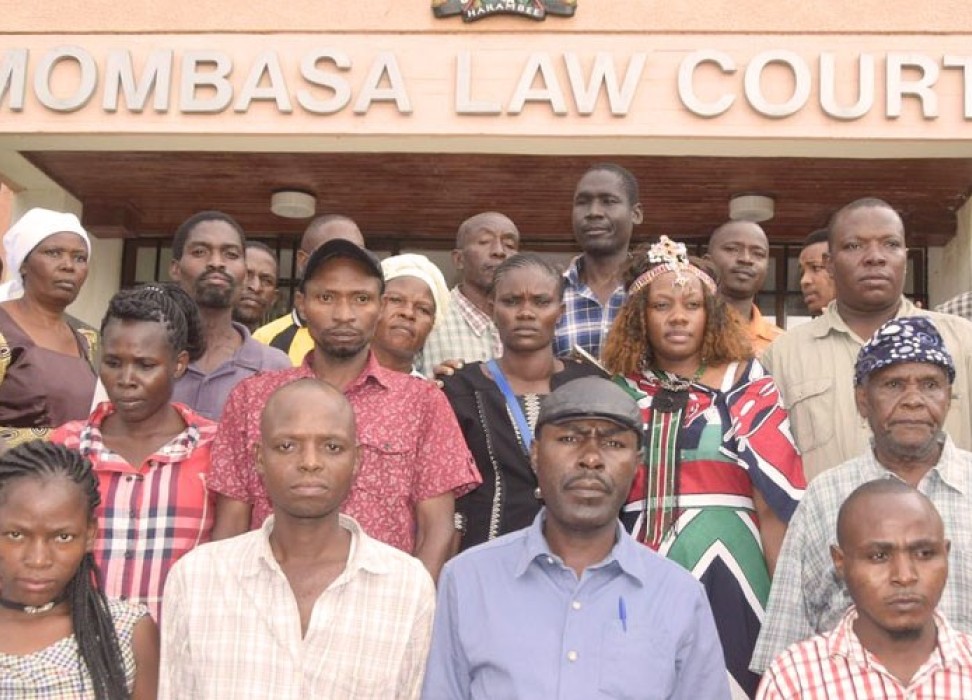
In what is being called a positive milestone for environmental justice, a settlement in Kenya has won the equivalent of USD$13 million in compensation for damage to the environment and health of a community blighted by deadly lead poisoning.
The court in Mombasa awarded the compensation to residents of Owino Uhuru settlement for deaths and health impacts caused by lead poisoning from an adjacent smelter for recycling batteries. The ruling, delivered by a judge of the Land and Environment Court on 16 July 2020, declared that the community’s rights to a healthy environment, highest attainable standard of health, clean and safe water, and life had been contravened, and ordered the Kenyan government and two companies to pay compensation.
“We were very excited,” said Phyllis Omido, founder and head of the Centre for Justice, Governance and Environmental Action (CJGEA). “We had put a very solid case in court, but because we were suing government and corporations, we were not sure about the verdict and if the judge would be bold and fearless enough to pronounce justice.”
The court also ordered the Government and companies to clean up the soil, water and waste, failing which a further USD$7 million would be awarded to CJGEA to coordinate the environmental clean-up.
The ruling comes four years after a class action suit was filed by CJGEA on behalf of the 3,000 residents living in Owino Uhuru. It also came ahead of the tenth anniversary of the landmark Kenyan Constitution and Bill of Rights, which specifically upholds the right to a clean and healthy environment, and provides for the legal enforcement of environmental rights.
A decade campaigning for justice
The lead smelter and battery recycling plant was located adjacent to the Owino Uhuru community. Poor handling of the materials and safety equipment for employees (who were often residents) resulted in deaths and serious illnesses related to lead poisoning. Omido, a former employee, started her campaign to close the plant after her baby son fell seriously ill with lead poisoning.
For nearly a decade, Omido and other community activists fought the presence and effects of lead in the community. CJGEA was founded as a way to better organize to the fight on this and other environmental causes, she said. The group staged protests, wrote letters and handed complaints -- written and verbal -- to environmental officials of the local and national government, all in an effort to shut down the plant and to obtain remedy for those who have been affected by the lead poisoning. In 2014, the plant was eventually obliged to cease operations, but the damage, in high levels of lead recorded in the community, remained.
Omido and other environmental human rights defenders continued to campaign for recognition of the damage, the need for clean-up and for environmental justice. As a result, the defenders have been threatened by thugs, arrested by police and forced into hiding. But working with UN Human Rights in Kenya, Omido said she and others were able to continue their fight.
“OHCHR is the only international partner that actually directly funded the litigation,” she said. “They also assisted us in monitoring and documenting the case. They stood with us when witnesses were harassed, intimidated and afraid – even sending a team into the community, thus building community confidence. Without OHCHR, we would have given up, many times.”
“Since the days of Wangari Maathai, activists have fought to protect the right to a clean and healthy environment in Kenya,” said Claris Ogangah, UN Human Rights human rights officer in Kenya. “The affirmation of this right by the court is an important step in the right direction.”
Still fighting for environmental human rights
Five of the seven respondents in the case have lodged notices of appeal. However, despite the appeals, Omido said the ruling serves as an important victory for environmental justice, a beacon to other environmental human rights defenders and as a personal vindication.
“Finally it is clear that my whistle blowing on the issue was true,” she said. “It means that our work is valid and that the harassment we faced, arrest, intimidation was all wrong. It means justice after so much pain and suffering.”
Omido’s work on environmental justice led her to create a network of environmental human rights defenders in Kenya. The Land and Environment Defenders network has been supported by UN Human Rights in Kenya. Advocacy by members of this group has already led to the closure of about 10 toxic waste smelters by the Government in Kenya over the last 5 years.
“Environmental human rights issues are still on the rise, and as long as that is the case, I still have work to do,” Omido said. “We still have an unjust society, especially on environmental governance and human rights.”
7 September 2020
